Proofreading
It’s hard to spot your own mistakes. That’s why you should always get someone else to proofread what you have written, especially when the text is important. Send your text in to our professional proofreaders – the results might surprise you.
Our experts thoroughly review your text, paying particular attention to spelling, syntax and word usage. We offer proofreading services for both original texts and translations that others have performed, and for an array of languages, within multiple subject areas.
The goal of proofreading is to ensure that the text is correct, the terminology is consistent, the message is clear, and the reading experience is as good as humanly possible.
Here are some of the things that our proofreaders do:
- read the text on paper, not just on the screen, as it is practically impossible to find all the errors when reading on a screen
- perform an electronic spellcheck
- familiarise themselves with the subject of the text, by researching all the words that they are not sure about, and by visualising (e.g. with schematic drawings) when what is described is too abstract. In other words, the opposite of a quick “skim read”
- electronically search for and correct double spacing, and spaces in front of punctuation
- read from the point of view of the target audience (and from the point of view of someone who has not seen the text before). Is what is written sensible? Logical? Understandable?
Proofreading also includes checking:
- proper names – we do not assume that they are spelled correctly
- that language and terminology are consistent
- that chapter and section numbering is correct
- that the formatting is consistent (paragraphs, headings, fonts, italics, bold, underline)
- that any illustrations are consistent with the text
- that the words in any illustrations are consistent with the words in the text
Last but not least, the text is read again and again until there is nothing left to correct (i.e. no errors are found on the last read-through). If the text is long, it is broken down into sections so that repeated proofreading is manageable. A new version is printed if there are so many corrections that the text becomes hard to read.
This is what is required in order to make a text completely flawless. This is professional proofreading.



